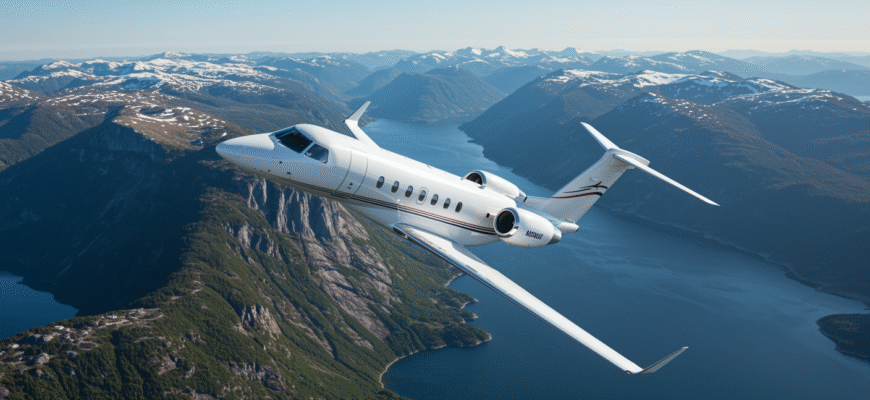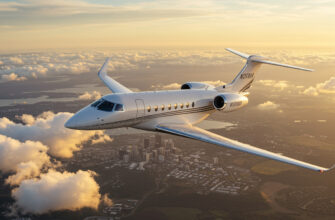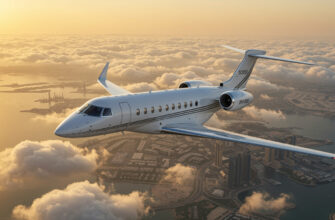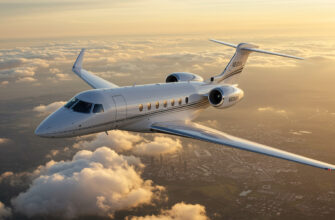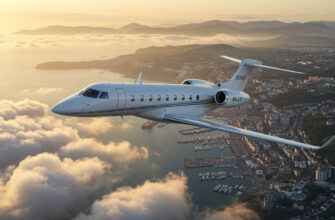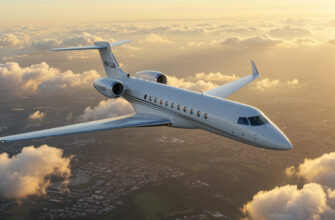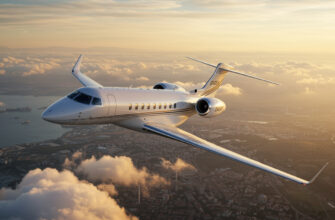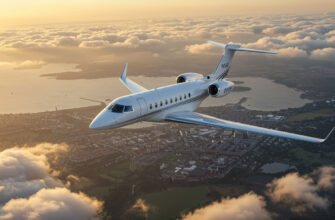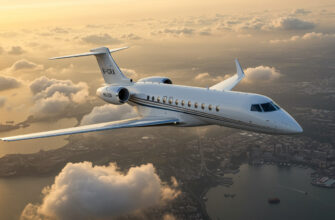If you’re picturing celebrities clinking champagne glasses while flying over the fjords, real private jet travel in Norway might look quieter—and far more grounded—than expected. Flying private here isn’t just about splurging on luxury. It’s a practical choice for crossing rugged regions fast or skipping commercial chaos during Arctic expeditions. That said, it isn’t a red-carpet flash show. Norway’s elite are practiced in a different kind of wealth: understated, efficient, and often purpose-driven.
Private jet users in this part of the world aren’t always socialites or CEOs. You’ll find a mix—wealth managers darting between Oslo and Geneva, tech founders from Trondheim, pro skiers en route to global events, documentary crews heading into Svalbard, and yes, a few Instagram-famous glacier trekkers. But even those influencers typically travel with handlers focused more on weather and permits than on personal glam squads.
Discretion is key. From unlisted hangars to early morning tarmac transfers, everything is built to make headlines avoid you. If that’s your vibe, welcome to Norwegian aviation—where stillness, access, and timing are the real flexes.
Real Costs, Real Aircraft: What You’ll Actually Pay By Jet Type
Not all private jets are created equal—and in Norway, what you fly depends heavily on where you’re headed and how many fjords or ice fields are in your way. Whether you’re covering a quick Oslo-Bergen hop or chasing the aurora near Longyearbyen, pairing the right aircraft to the task saves both money and headache.
| Jet Type | Best Use | Hourly Rate (Approx.) |
|---|---|---|
| Light Jet (Citation CJ2) | Regional flights: Oslo, Bergen, Stockholm | $3,500 – $4,800 |
| Midsize Jet (Hawker 800XP) | Oslo to London, Paris, or Copenhagen | $4,800 – $6,000 |
| Long-Range Jet (Gulfstream G650) | Transatlantic, Arctic or multi-leg Europe trips | $12,000 – $15,000 |
Hidden costs add up fast if you’re not prepared. Here’s what to keep on your radar:
- Repositioning fees: If a jet has to fly in from another country, you’re paying for that fuel/time too.
- De-icing and weather delays: Winter departures, especially north of the Arctic Circle, might trigger extra wait time and runway prep fees.
- Fuel surcharges: Landing somewhere remote? Fuel prices spike hard.
Want to cut that bill in half? Look for empty leg flights. These discounted one-ways are how operators avoid flying jets back to base unfilled. You’ll need to be flexible, but snagging a London–Oslo flight for $5,000 instead of $12,000 is worth the spontaneity.
Popular Routes Into And Out Of Norway
The most chartered routes tell you a lot about who’s flying and why. Oslo is the epicenter, catering to both high-stakes business travel and weekend getaways. Bergen’s proximity to both nature and money makes it Norway’s laidback yet strategic second hub.
- Oslo to London, Paris, Geneva: This is the sweet spot for business travelers and those connecting to broader Europe. Flight times average 2–3 hours depending on jet type and weather.
- Charters from Tromsø or Longyearbyen: Loved by Arctic researchers, production teams, and heli-ski clients. These flights often connect back to Oslo first before heading on to European capitals.
- Bergen to New York/DC via Keflavík: Long-range comfort is a must here. Gulfstreams and Globals dominate this route, many carrying VVIPs whose companies pick up the six-figure tab.
- Helicopter shuttles: A rising trend among yacht owners and clients renting remote wilderness lodges. Pilots meet the jet and fly you direct—no roads required.
If you’re flying private in and out of Norway, you’re not just buying legroom or status. You’re investing in access—getting to places Google Maps struggles to reach, on your terms, without ever joining the queue at Oslo Gardermoen’s security lines.
Airports That Keep It Quiet: Where Private Jets Touch Down in and Around Oslo
Privacy matters when you’re not just traveling, but escaping. Whether it’s high-powered execs or celebrities ducking paparazzi, Oslo has quiet corners where jets can land unnoticed.
Oslo Gardermoen Airport (OSL) is the obvious choice—think 24/7 operations, private customs clearance, and a bevy of FBOs. But that visibility can be a downside. It’s Norway’s busiest, meaning slot delays and more eyes than you’d want.
Torp Sandefjord (TRF), meanwhile, is just south and a favorite for regional low-profile arrivals. Less congestion, less obligation to smile for cameras, but fewer on-site international luxuries. That said, it’s only about 90 minutes from the capital by chauffeured SUV or heli.
Moss Airport Rygge (RYG) used to be all but forgotten. Now it’s quietly making a comeback as a VIP haven with quick turnaround times and no commercial chaos. It doesn’t have daily commercial noise—just silent jets, VIP lounges, and backdoor customs checks.
FBOs at all three offer perks like tarmac-side Teslas, heated hangars in winter, and direct SUV boarding. Some even provide sauna-on-arrival services as part of winter wellness flights.
The Arctic Quirks You Won’t Find on Travel Blogs
Jetting into Norway isn’t just about style—it’s survival with flair. Past the Arctic Circle, your plane isn’t just your ride; it’s your escape plan, too.
Start with Svalbard Airport Longyear (LYR), where the runway might be warmer than the cabin floor. That’s not a joke—they installed heated concrete strips to prevent skidding in sub-zero temps.
Forget town cars. In the deeper north, your “black vehicle” might be a snow taxi or tracked sled. And if you’re heading to a remote lodge? You’re hopping on a helicopter straight from the jet—with zero buffer between frostbite and luxury.
Flying during polar night? Brace for reduced runway access. Whiteout conditions can shut things down fast. Airports up here run on tight windows, and if you’re late, you’re waiting until the ice fog clears—next hour or next day.
And yes, there are real aviation restrictions when polar bears come too close to airstrips. Wildlife controllers literally monitor runways for furry trespassers so jets don’t collide with a 600-pound local.
Also, don’t expect to bring just any jet. Extreme latitude flying means only certain aircraft can handle cabin pressure shifts and quick descents through frigid layers. Some pilots even undergo mountain ops training tailored to Arctic turbulence.
In-Flight Extras You’ll Only Find in Norway
Who knew private aviation could taste like Christmas in the tundra?
One perk? Reindeer sausage. Not a gimmick—just a beloved catering favorite. It’s salty, spiced, and often served with tart lingonberry jam.
Then there’s the view. Jets with northern lights dome panels turn in-flight vibes into cosmic cinema along the polar routes—especially between November and March.
If you’re heading deep north, expect a cold-weather survival kit onboard. It’s required gear—think insulated parkas, signal flares, emergency foot warmers. Even the briefing changes: “Open flame use” when stranded is covered.
Don’t expect flight attendants to just pour champagne either. Many are wilderness first-aid trained and ready to handle both altitude sickness and wolf sightings at isolated airstrips.
How to Book Smart, Not Just Expensive
Throwing money at private aviation in Norway doesn’t guarantee ease. You’ve gotta know the game to win at it.
- Jet cards give consistent pricing but aren’t ideal if you’re flying off-grid—remote stops often hit you with variable fees.
- Searching for brokers? Stick with those who regularly book for Arctic lodges, polar film crews, or heli-skiing tourism. Regular “city to beach” brokers won’t know squat about Svalbard’s weather delays.
- Time your booking carefully. Peak jet scarcity hits during Norway’s reindeer migration in Spring and again during Northern Lights chase season between October and March.
Whether you’re flying into mossy wilderness or snow-drenched silence, knowing when and how to book smart will save you hours, thousands—and frostbite.
